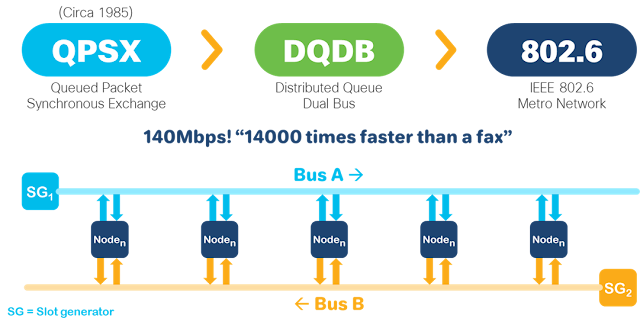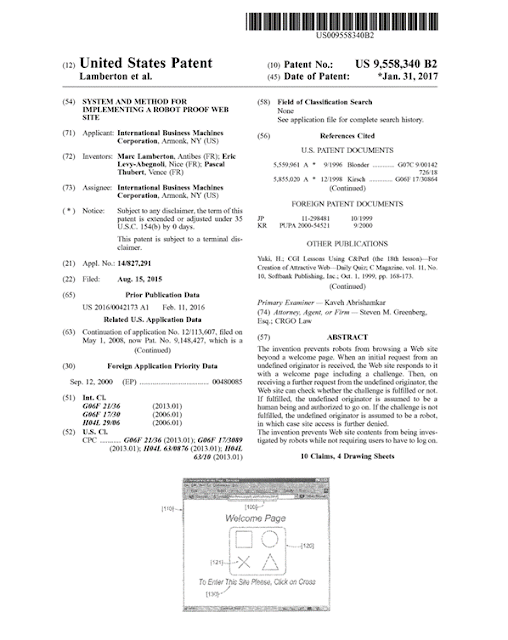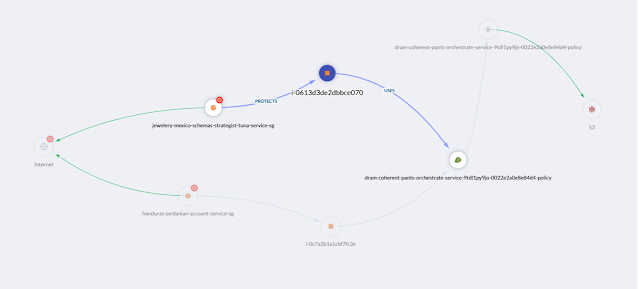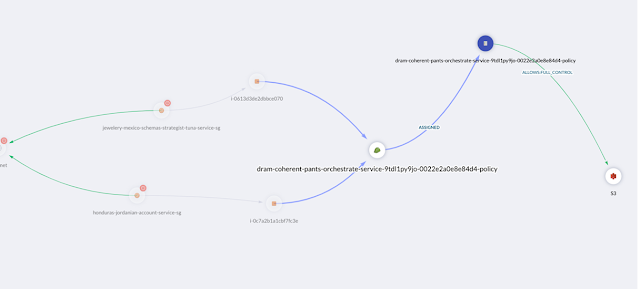If the past two years have taught us anything, it’s if, given the chance, we’ll choose the ease of clicking a button or an automated service over waiting in line any day. Renew my driver’s license online instead of going to the Department of Motor Vehicles? Yes please! I can opt to have my local government agency call me back when it’s my turn in the call queue instead of waiting on hold for hours? Sign me up!
Yes, delighting customers goes beyond traditional customer service industries. It also applies to the superior digital experiences public sector citizens expect from their local and federal municipalities and government agencies. A 2021 study of U.S. state CIOs showed that 90 percent felt the pandemic increased demand for digital government services, with 75 percent stating that the biggest driver behind expanding digital services was to provide a “better online experience for citizens.” And globally, it’s estimated that more than 60 percent of governments will triple citizen digital services by 2023, and half of all digital government key performance indicators will include a citizen/customer experience metric to ensure that services delivered are citizen-centric.
Accelerating digital transformation
Public Sector’s ability to digitally transform and adopt new technologies is key to providing a superior digital experience. But in an industry known for dealing with legacy-driven infrastructures and siloed strategies and resources, this transformation can be a bit of a challenge. Below are five key strategies which should be of keen focus.
1. Empower hybrid work
Now that hybrid work has proven to be technically viable, government needs to create better online experiences for citizens and employees. Empower employees to work from wherever they are – at home or in the field. Expand work-from-home options to include work from anywhere. The key is to enable secure and wireless connections combined with various multi-faceted collaboration tools. This effort allows employees to work, maintain productivity, enhance civic life, and stay mobile.
2. Unify and secure network connectivity
This powers hybrid work and enables employees to work from anywhere. There’s a need to invest in the unifying and hardening of networks. Now more than ever is the need to identify and resolve events faster and keep vigilant for threats. As a government agency, it is imperative to offer encryption and security for work-at-home devices and expand your identity and access management (IAM) solution to employees and your citizen users. A must-have is a zero-trust secure network and sturdy endpoint detection to accompany that expansion. Proactively stopping breaches and automating updates with an expanded unified network and security solution vs. chasing threats and risking vulnerabilities is now a reality.
3. Accelerate cloud migration
One thing we learned from recent events – It’s now time to “Go to the Cloud”. Digital transformation means a better online experience for citizens as well as employees. It also represents productivity increases and cost savings. If you don’t have a cloud smart strategy in place now, you should be working on it. Most public sector agencies see the benefit of modernizing by moving applications to the cloud where feasible. Whether via infrastructure-as-a-service or a hybrid model with a state-owned data center for many legacy applications. Low code intuitive and friendly apps are replacing web-based forms. These and the new breed of cloud-based applications enable instant flexibility, scalability, and accessibility. Combined with low development and start-up cost via SaaS vendor models enables testing, refinement, and ability to scale as needed. Pilot early, pilot often. Migrate what you can and combine a solid external identity and access management (IAM) cloud security solution, your team can be twice as productive with lower cost.
4. Leverage built-in data analytics
Speaking of budget. Forward-thinking agencies also leverage the innovation built into cloud platforms to leap their public services ahead. With big data and predictive analytics tools, they can purchase and use only what they need, when they need it. The ability to stand up new services and enhance existing ones by processing massive amounts of transactional data enables giant leaps of civic lifestyle, from wait times in lines to stoplight optimization, even public health emergencies. The ability to leverage data analytics is a game-changer for understanding public data.
5. Power automation with AI/Machine Learning
There is no greater game-changer than the ability to use Artificial Intelligence and Machine Learning. AI and ML are now available for even the smallest agencies with limited budgets to make life better for their citizens. Small agencies now can run license plate cameras at heavy thoroughfares; police agencies can process massive amounts of audio/video from stoplights and drone cameras. These smaller agencies can run valuable lifesaving and revenue-producing public services with little to no staff with simple automation.























